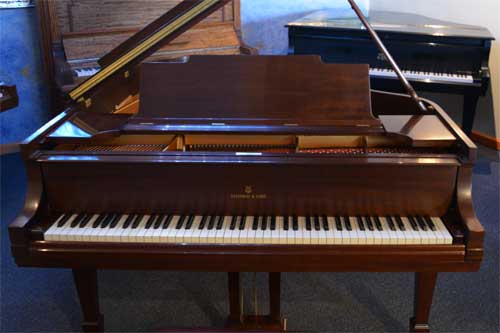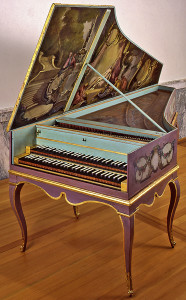
Steinway Model M Grand Piano
Steinway Model M Grand Piano in Satin Mahogany
This classic grand was manufactured in 1927 at the Steinway & Sons factory located in Long Island, NY at the tail end of the so-called “Golden Age” of American piano making that essentially ended with the Great Depression in 1929. The M is the most popular model produced by Steinway & Sons over time. At 5′-7″ it fits comfortably in almost any space.
This particular piano was restored completely by Steinway & Sons at their New York factory…including a new soundboard. All the internal parts are genuine Steinway, and the mahogany case has been refinished back to its original factory condition in hand-rubbed lacquer. No corners were cut here. This is a certified Steinway & Sons rebuild, top to bottom, down to the solid brass casters. It has been in the possession of one family from the start who had the work done about 5 years ago. In the world of musical instruments there are pianos – and then there are Steinway & Sons. Own an heirloom piece of history!
Steinway & Sons model M Grand Piano in satin mahogany S# 256497 Mfg. 1927
88 Keys Piano Warehouse & Showroom price – $54,500.




